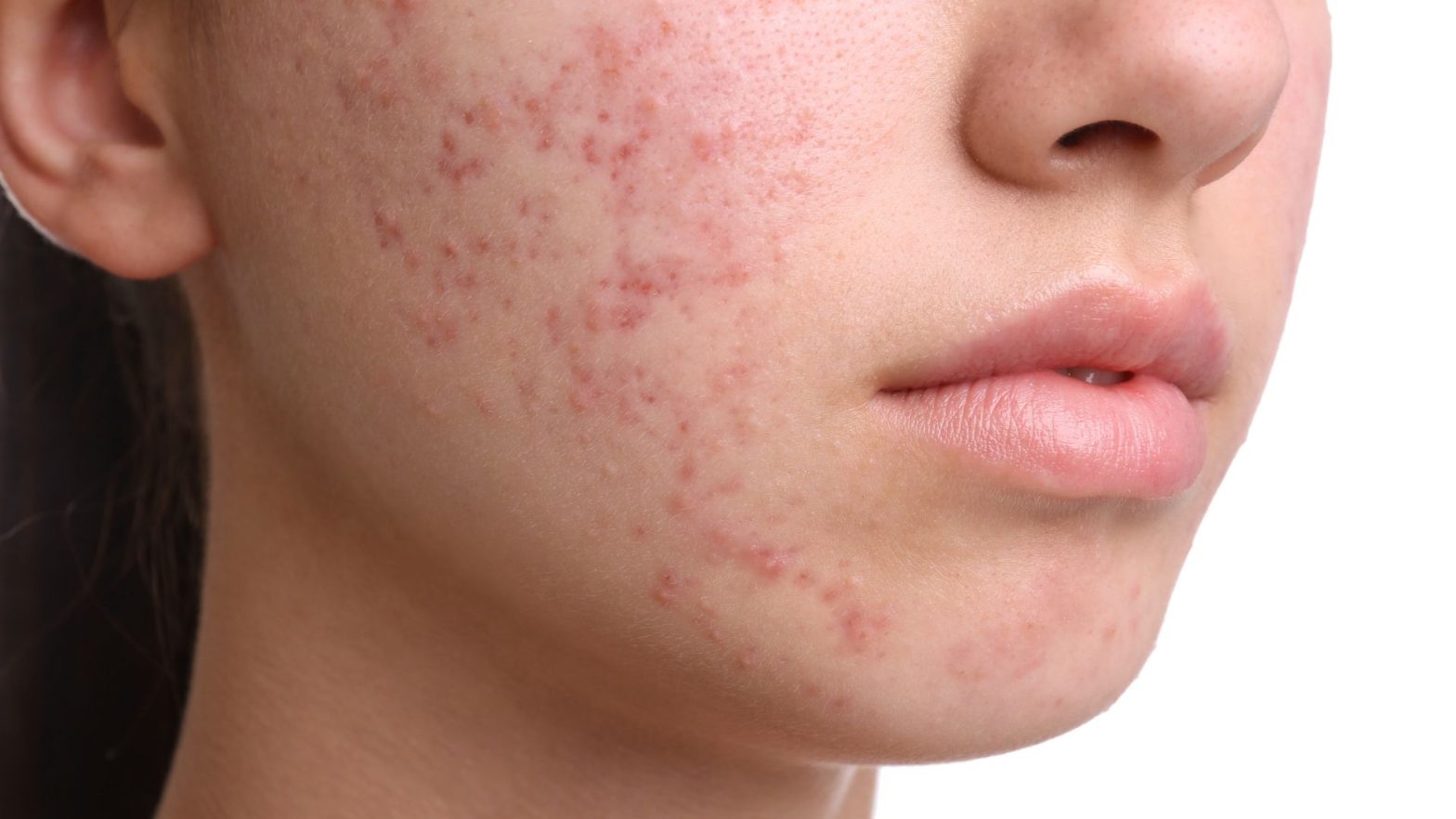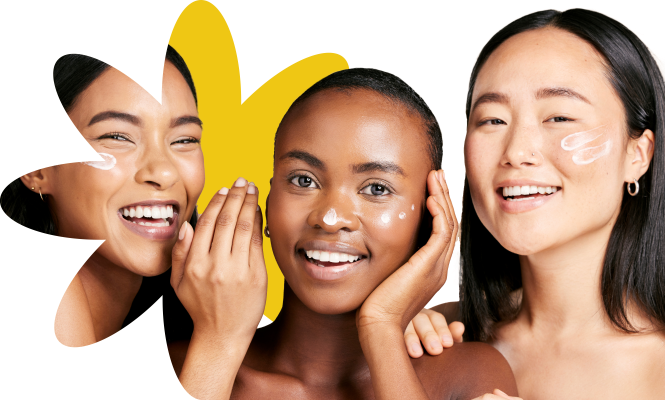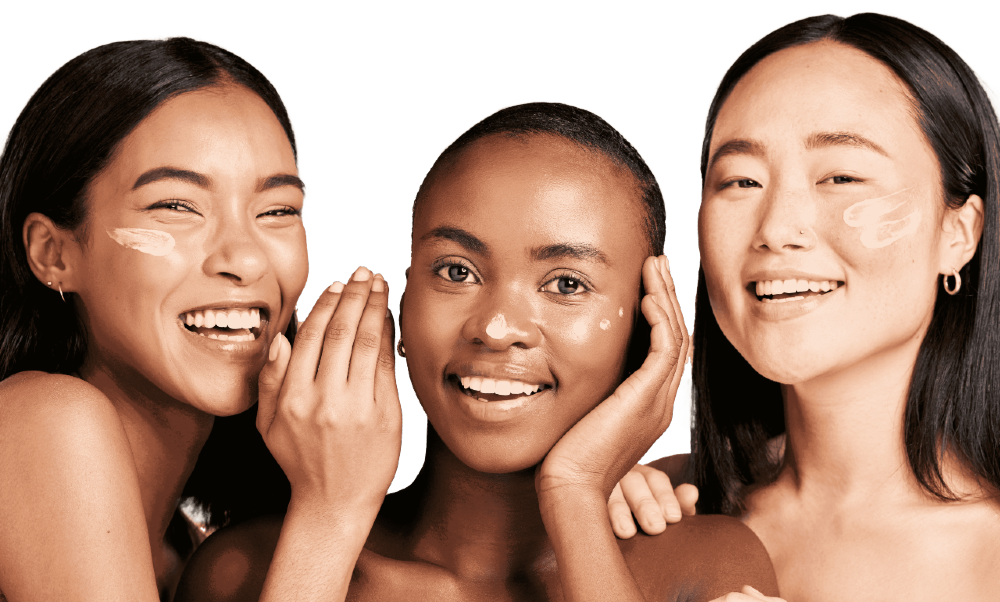719.867.5389
719.867.5389

Adult acne is far more common than most people think. While many assume acne is only a teenage problem, hormonal fluctuations in adulthood—especially among women—can cause stubborn breakouts that resist typical treatments. The primary hormones responsible are androgens, which stimulate excess oil (sebum) production in the skin. When this oil combines with dead skin cells and bacteria, it clogs pores and triggers inflammation, leading to acne.
Hormonal acne tends to appear around the chin, jawline, and lower cheeks—areas highly responsive to hormonal changes. This form of acne often coincides with menstrual cycles, pregnancy, perimenopause, or conditions like PCOS (Polycystic Ovary Syndrome).
Fluctuating hormone levels—especially testosterone—signal sebaceous glands to produce more oil, making pores more prone to blockages.
Excess oil creates a breeding ground for Cutibacterium acnes, the bacteria that cause inflammation and infection.
Elevated stress hormones (cortisol) can worsen hormonal imbalance, increasing breakouts even in those who nhave ever experienced acne before.
Some birth control pills stabilize hormonal levels, while stopping them can cause a sudden hormonal rebound, triggering acne flares.
Hormonal acne differs from other types of acne in both appearance and pattern. Common indicators include:
If you’re noticing these symptoms, the culprit may not be your skincare routine—it’s likely your hormones.
The best hormonal acne treatments combine targeted skincare with lifestyle adjustments that address the root hormonal imbalance. At Dosepop, our medical-grade formulations are developed to restore balance, soothe inflammation, and promote clear, radiant skin.
Hormonal fluctuations often accelerate aging signs. Combining acne treatment with anti-aging care helps maintain smooth, youthful skin.
Chronic hormonal acne often damages the skin barrier, leading to sensitivity and redness. Repairing the barrier is essential to prevent flare-ups.
Hormonal acne often leaves behind dark spots and uneven tone. Address pigmentation with proven formulations.
If acne persists despite good skincare, consult a dermatologist or healthcare provider. They can assess underlying causes such as PCOS, thyroid disorders, or hormonal imbalances that may require medical management. Combining a tailored regimen with Dosepop’s dermatologist-grade formulations offers the best long-term results for clear, balanced, and youthful skin.
Hormonal acne is caused by fluctuations in androgens, which increase oil production and clog pores. Stress, menstrual cycles, and hormonal disorders like PCOS can also trigger adult acne.
Hormonal acne appears as deep, painful bumps around the chin and jawline and often flares up during certain times of the month. Bacterial acne tends to be more surface-level and spread across the face or back.
Yes. Medical-grade formulations like Acne Xtreme Gel and Tretinoin TAAN Mild Cream from Dosepop can regulate oil, unclog pores, and promote cell renewal to reduce hormonal breakouts effectively.
Visible improvements may appear within 6 to 8 weeks, but lasting results come from consistent treatment and hormonal balance. Incorporating NAD+ Cream and Anti-Aging Ultra Cream supports faster recovery and prevention.
The best combination includes Acne Xtreme Gel for active acne, GHK Cu Facial Serum for scar healing, and Melasma HQ 4.1 Cream to fade pigmentation and restore an even tone.
Hormonal acne isn’t just a skin issue—it’s a sign of internal imbalance. The right approach addresses both hormone regulation and skin restoration. With Dosepop’s dermatology-backed treatments, you can manage adult acne, repair your skin barrier, and maintain a youthful glow at every age.
Explore the complete skincare range at Dosepop.com and find the perfect routine tailored to your needs.
Simplify your skincare routine with science-backed, effective products recommended by the Dosepop medical team.



